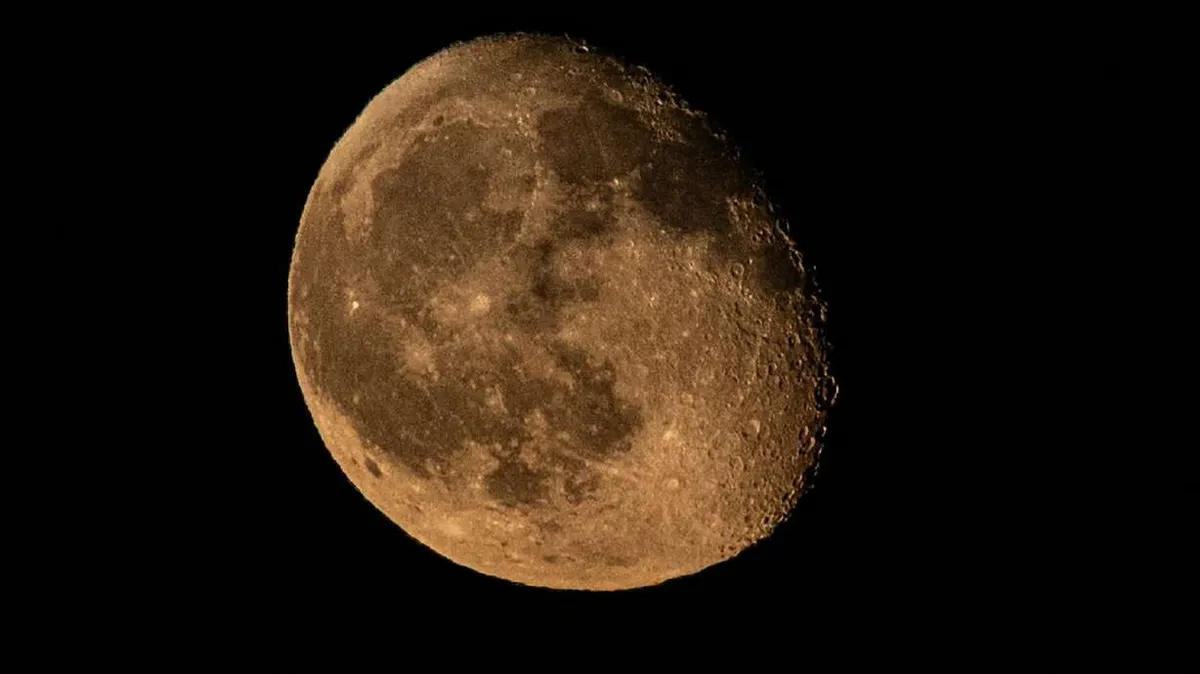
In the world of astronomy, the moon is known by many names, each reflecting its various phases and unique occurrences. Recently, August showcased the full sturgeon moon, while March brought the breathtaking blood moon, a phenomenon where the moon appears to turn red during a lunar eclipse. Additionally, enthusiasts may have heard of the blue moon, which is the second full moon occurring within a single month. This weekend, observers will experience the rare occurrence of a black moon, which will be invisible to the naked eye. This phenomenon is set to take place from Friday night into the early hours of Saturday, with the moon reaching its closest point to the sun at 2:06 a.m. ET on Saturday, as reported by EarthSky.
A black moon is a term that, like blue moon, is not officially recognized but is commonly understood to mean the second new moon within a single month. This celestial event occurs approximately once every 29 months. A new moon happens when the far side of the moon is illuminated by the sun, rendering it invisible from Earth. This marks the start of a new lunar cycle. According to Noah Petro, chief of NASA's Planetary, Geology, Geophysics, and Geochemistry Laboratory at Goddard Space Flight Center in Greenbelt, Maryland, a black moon (or new moon) occurs when the moon is positioned between the Earth and the sun, but without causing an eclipse, resulting in an unseen moon.
The significant difference between a black moon and a solar eclipse lies in the moon's placement. During a solar eclipse, the moon moves directly in front of the sun, blocking either partial or total sunlight and casting a shadow on Earth. In contrast, during a new moon, the moon passes near the sun without obstructing its light.
Additionally, the term "black moon" can refer to months that do not have any new moons, which typically occurs in February. This is due to the lunar cycle's average duration of 29.5 days, meaning February, which usually has only 28 days (or 29 in leap years), can sometimes lack a new moon.
While the black moon itself will be invisible to observers, there are still plenty of celestial wonders to behold. According to Petro, a new moon or black moon creates ideal conditions for astronomers, as the absence of moonlight allows for clearer views of the night sky. This is considered one of the best times of the year to observe planets. After sunset or just before sunrise, stargazers might be able to spot celestial bodies such as Venus, Mars, and Saturn.
If you have access to binoculars or a telescope, you can also search for the dumbbell nebula, which is the colorful, glowing remnant of an ancient star located 1,200 light-years away in the Vulpecula constellation. This stunning nebula is visible during the first half of the night, adding to the allure of stargazing during a black moon.
As we look ahead, there are four more full moons remaining in 2025, including several supermoons—which occur when the moon is at its closest point to Earth. According to the Farmers' Almanac, here’s the schedule for the remaining full moons:
Sept. 7: Corn Moon Oct. 6: Harvest Moon Nov. 5: Beaver Moon Dec. 4: Cold MoonAs summer draws to a close, two important eclipse events will take place. A total lunar eclipse is expected to be visible across Europe, Asia, Australia, Africa, parts of eastern South America, Alaska, and Antarctica on Sept. 7 and 8. A lunar eclipse occurs when the moon passes directly into Earth's shadow, causing it to appear darker. When the moon is situated in the darkest part of Earth's shadow, sunlight refracts around the Earth, giving the moon a reddish hue—often referred to as a blood moon by enthusiasts.
Two weeks following the total lunar eclipse, a partial solar eclipse will be visible in parts of Australia, the Atlantic, the Pacific, and Antarctica on Sept. 21. These astronomical events provide exciting opportunities for sky watchers and astrophotographers alike.